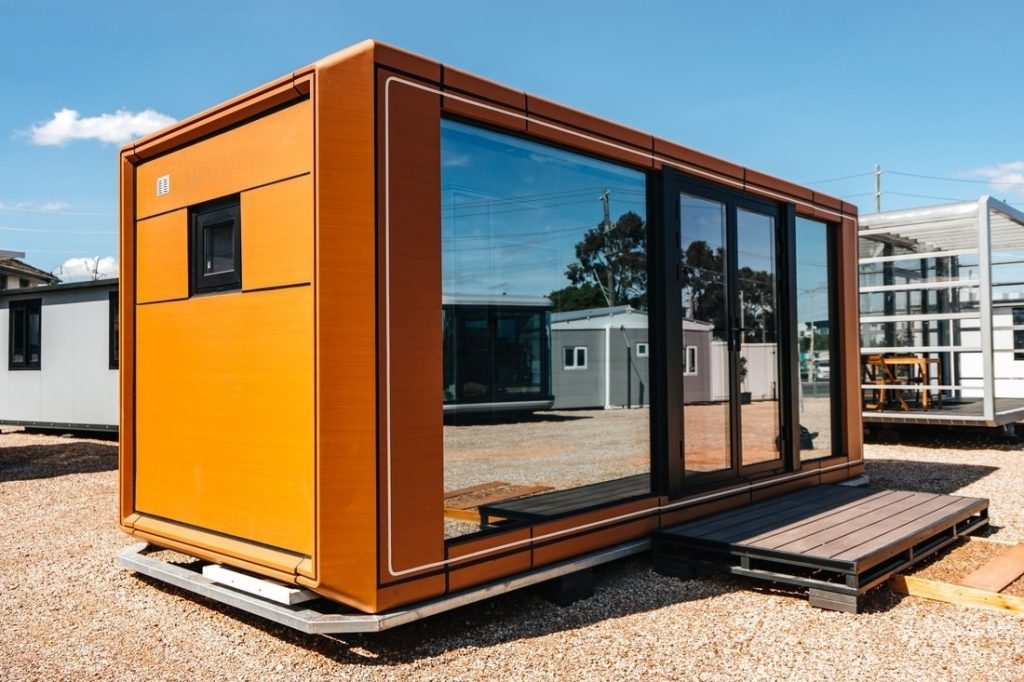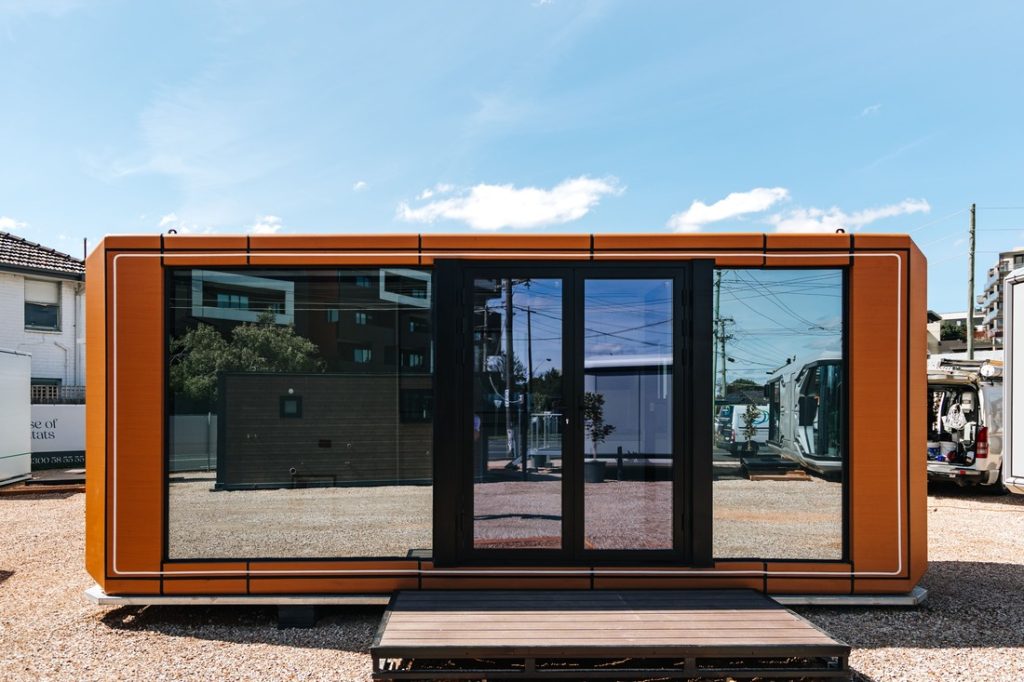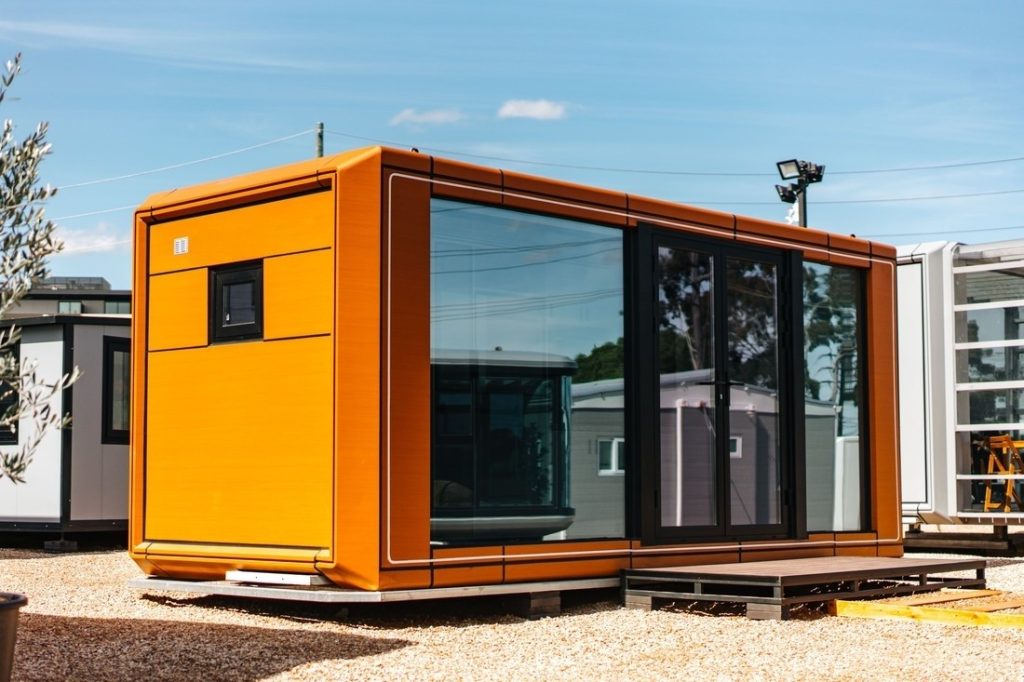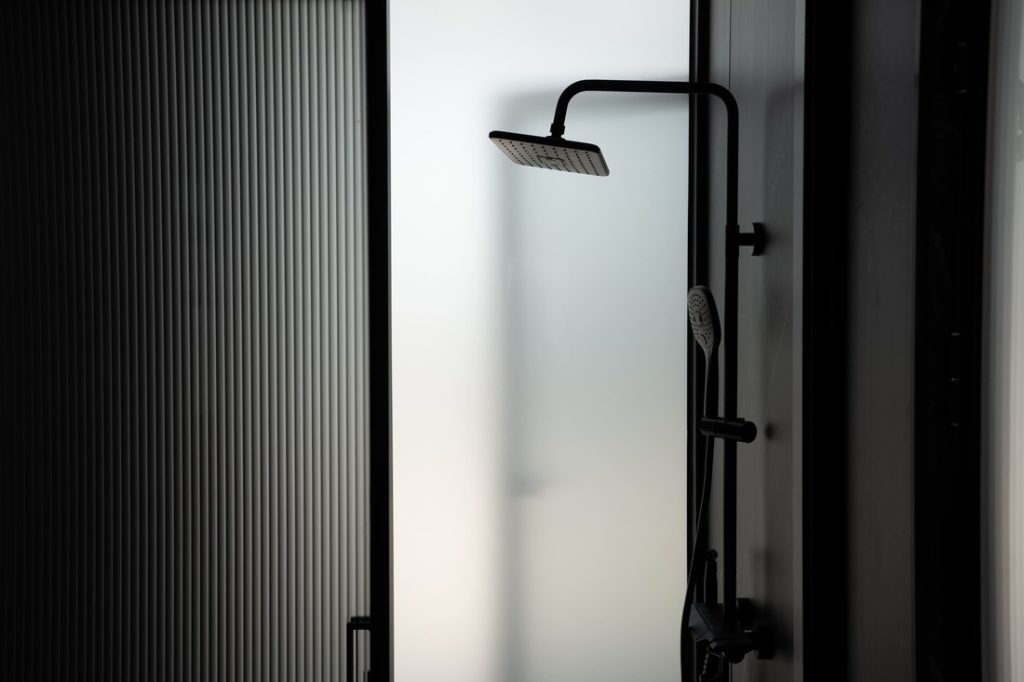
Professional integrated housing one-stop solution provider
including prefabricated container house, modular building and steel structure etc.
Proyecto a medida
Aseo móvil
Casa contenedor desmontable
Casa prefabricada
Casa contenedor ampliable
Casa contenedor
Edificio con estructura de acero
Casa contenedor
In an age of skyrocketing urban real estate prices, environmental urgency, and evolving lifestyle preferences, Capsule House is emerging as a transformative housing solution across Europe, Australia, and the United States. These compact, modular, and sustainable dwellings are not just addressing critical housing challenges but also shaping a new paradigm of efficient, eco-conscious living. Let’s explore how Capsule House is capturing hearts and markets in three continents, driven by its innovative design and adaptability to regional needs.



Europe: Leading the Charge in Sustainable Urbanization
Europe’s embrace of Capsule House is fueled by strict environmental policies and a cultural shift toward minimalism. Germany’s “Modular Housing Incentive Program” offers €10,000 subsidies per unit for eco-certified projects, leading to the development of 500+ Capsule House communities in cities like Munich and Cologne. In the UK, the government’s “Brownfield Regeneration Initiative” prioritizes compact housing solutions, with Capsule House projects transforming unused urban lots in Manchester and Birmingham. Meanwhile, Scandinavian countries like Sweden and Denmark are integrating Capsule House into “15-minute city” concepts, ensuring residents have all necessities within walking distance of their micro-dwellings.
Australia: Solving Urban Density and Climate Challenges
Australia’s unique challenges—sprawling urban centers, extreme weather, and a growing population—make Capsule House an ideal fit. In Sydney, where 40% of residents spend over 30% of their income on housing, the NSW government is trialing Capsule House as part of its “Compact Living Strategy,” allowing backyard installations without full planning permits. In Melbourne, a Capsule House developer partnered with local universities to create student housing pods that reduce carbon emissions by 50% compared to traditional dorms. The country’s focus on resilience also drives demand: Queensland projects feature cyclone-resistant frames and water-efficient designs, appealing to regions prone to natural disasters.
United States: A Response to Inequality and Urban Migration
In the U.S., Capsule House addresses dual crises of housing unaffordability and urban overcrowding. California, with a shortage of 3.5 million affordable homes, has legalized “accessory dwelling units” (ADUs), and Capsule House models qualify for fast-track permits in cities like Los Angeles. New York’s “Tiny Home Pilot Program” in the Bronx offers low-interest loans for Capsule House purchases, targeting essential workers priced out of the market. Beyond affordability, the U.S. market values tech integration: many units come with smart home systems that adjust lighting, temperature, and security via voice commands or apps, appealing to tech-savvy millennials and Gen Z.
As demand grows, Capsule House developers are innovating to meet regional needs. In Europe, partnerships with renewable energy firms are creating “energy-positive” communities that feed excess power back into the grid. In Australia, collaborations with Indigenous architects are designing culturally sensitive Capsule House models for remote communities, blending modern efficiency with traditional design principles. In the U.S., companies are exploring “vertical Capsule House” towers, using lightweight materials to comply with strict building codes in skyscraper cities like Chicago and Houston.
Market forecasts project the global compact housing sector to reach $4.7 billion by 2030, with Europe, Australia, and the U.S. accounting for 65% of demand. Capsule House, with its focus on sustainability, adaptability, and cost-effectiveness, is poised to be more than a trend—it’s a permanent fixture in the future of urban living.
In a world where housing must balance human needs with planetary boundaries, Capsule House proves that good design and smart engineering can create homes that are both economically accessible and environmentally responsible. As Europe, Australia, and America continue to rethink urban living, this innovative solution is leading the way—one compact, sustainable unit at a time.
